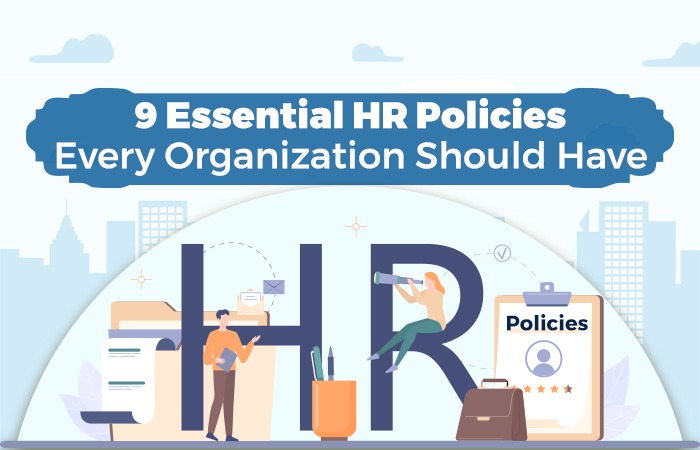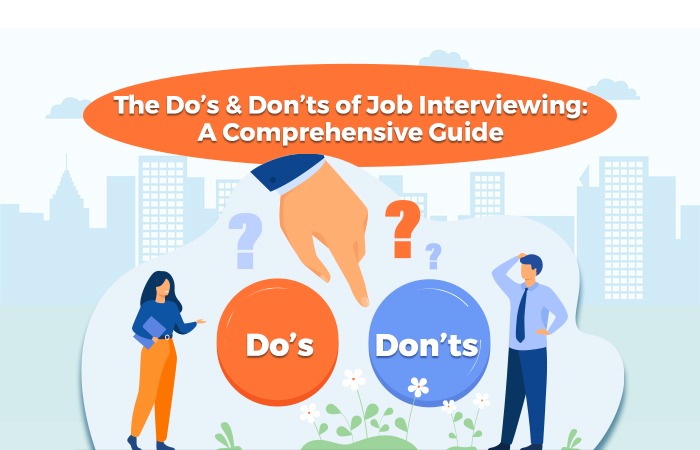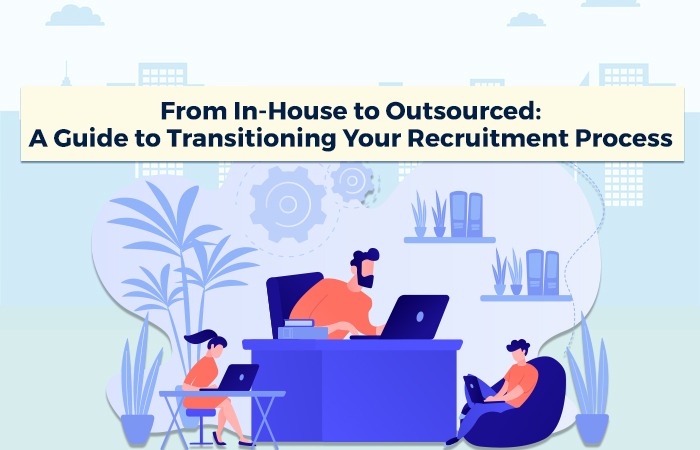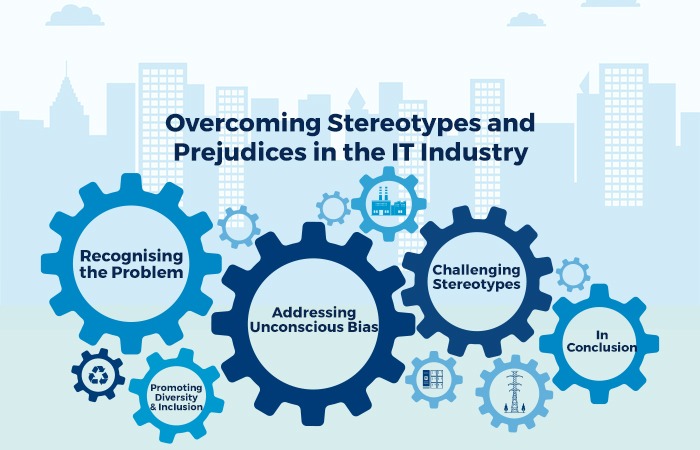A big part of your job as a manager is to ensure your team works cohesively and efficiently. This requires you to have a very strong relationship with your team – one where there is trust and respect.
Some important benefits of a highly trusted workplace are
- high levels of productivity
- highly engaged workforce
- better collaborations among teams
- Lower employee turnover
- Lower stress
Without trust, employees don’t communicate well. As a result, teamwork suffers, performance is impacted negatively & employee morale goes down.
Good teams become great ones when the members trust each other enough to surrender the ME for the WE – Phil Jackson
In this article, we will help you understand if your organisation lacks trust and tips on how you can build trust amongst your employees.
It is not difficult to figure out if your organisation is a trusted workplace. To spot mistrust in your team, try and reflect upon the following:
- How keen are they about giving new ideas?
If the employees know their inputs are valued and their manager trusts them to try out new ideas and innovative solutions, they will be more open to think out of the box and bring in fresh ideas and perspectives, rather than just following instructions from top.
- Do they provide honest feedback?
One of the easiest ways to determine if the employees feel supported and trusted is to assess whether they offer honest feedback and say no, when they want to. Employees who do not trust their company executives and managers do not share their thoughts and opinions and stay away from difficult conversations due to the fear of being ridiculed or worst, fired.
- How well do they react to new challenges?
This is not a very direct yes or no question, but if your team trusts you and the company, it will be aligned with the company goals and happy to take up new challenges and work towards achieving the company goals. If they don’t trust the management and the company, you will encounter resistance and lack of energy.
Here are some ways you can build trust and create a happy and engaged workforce.
1 – Communication – Open and Transparent
The importance of open communication cannot be stressed enough. Communicate often and be as transparent in the communication as you can. Share company’s plans and changes planned if any. Ensure you also communicate the rationale behind the plan.
One-way communication does not work. Take inputs and feedback from the teams. Make information accessible to the teams. Most often there is no reason to keep information from the teams. Employees perceive it as lack of trust.
Address issues as and when they arise. Talk to the team personally and ensure their aspirations and goals are aligned with the company’s.
2 – Stop Micromanagement
Give your workers all the help and resources they need to complete a task. Be clear about your expectations and then trust them to complete the job. Avoid micromanagement intentionally or unintentionally. Hovering over the shoulder can be annoying and very demotivating.
There are various work management tools available that can help you assign tasks and schedules. They also help manage and track the progress.
It is a good practice to schedule regular meetings with the team and even personal meetings with the team members to motivate them and stay upto date with the progress.
3 – Give Credit and Recognition
A great manager ensures that the team gets due credit when they do a good job. Providing recognition and appreciation when due ensures there is a sense of working towards shared goals and helps keep them engaged. The employees feel valued and it builds trust towards the company.
4 – Play Fair
Favouritism, though common in most organisations, can destroy trust. If the employees feel the management plays favourites, it leads to distrust and thus lower morale and engagement. Employees need to know that the company is fair and values everyone equally. Build systems that help provide equal opportunities to all employees and measure their performance without bias.
Another important aspect of being fair is not indulging in gossip about co-workers. Team members need to know they can trust you to not speak ill behind their backs.
5 – Connect with Them
Trust is built when the teams know each other well beyond work. Try and connect with the team members. Spend time with the team members and get to know them better at a personal level and vice versa. You may share common hobbies, interests, hometown. Bond over lunch or dinner. They need to know you are one of them and are all working together towards common goals.
The more connected the team, the more they trust each other, and they work better together.
Build strong foundations of trust in the organisation. This will help align your team around the common goals and every member of the team will put in their best to ensure success.













